News
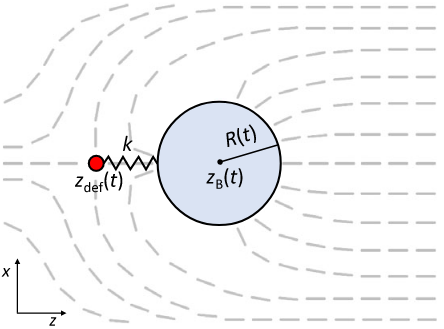
Article in Nature Communications
Assist. Prof. Žiga Kos, PhD published a paper with colleques from Ulsan National Institute of Science and Technology titled Symmetrically pulsating bubbles swim in an anisotropic fluid by nematodynamics in Nature Communications. Swimming at low Reynolds numbers typically requires breaking of the time-reversal symmetry and centrosymmetry of the swimming strokes. The authors show that symmetrically pulsating bubbles can swim in anisotropic fluids, where the required symmetries are broken by the fluid’s internal structure, suggesting a new possible mechanism of micropropulsion.
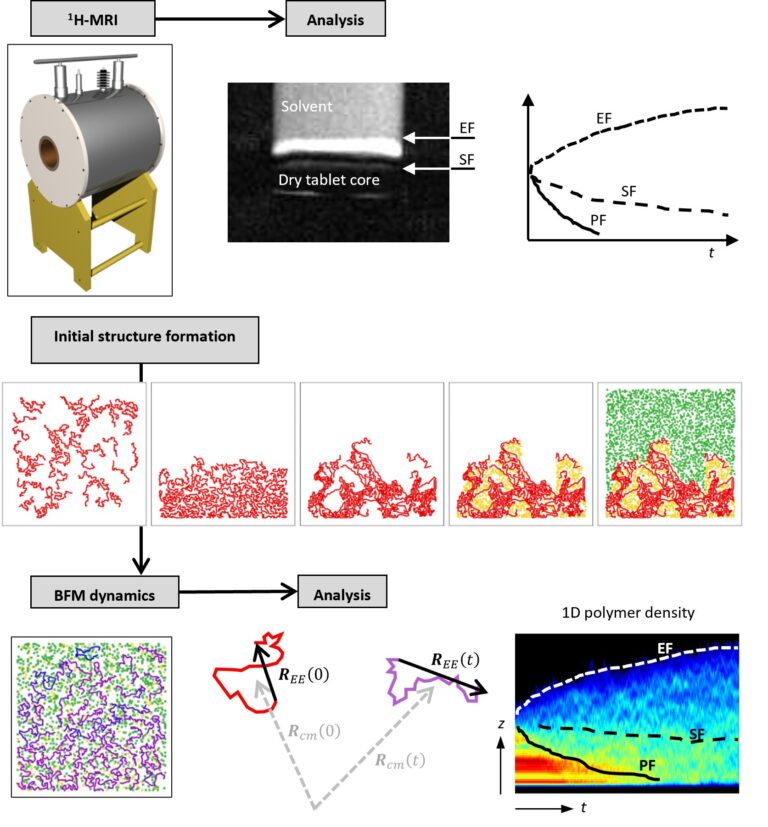
Article in Polymers
Franci Bajd, PhD, Mikac Urška, PhD, Assist. Prof. Aleš Mohorič, PhD and Prof. Igor Serša, PhD from the Department of Solid State Physics F5 have published an article titled The Effect of Polymer–Solvent Interaction on the Swelling of Polymer Matrix Tablets: A Magnetic Resonance Microscopy Study Complemented by Bond Fluctuation Model Simulations in the journal Polymers.
Understanding the tablet hydration process is important for the development of drug delivery systems that exhibit high drug loading capacity and controlled release potential. In this study, MRI was used to experimentally analyze the water hydration process of xanthan-based tablets and to characterize their swelling process with erosion, swelling, and penetration fronts. These results are complemented by numerical simulations of the polymer-matrix hydration process by the Bond Fluctuation Model, in which the polymer tablet matrix is modeled as an assembly of interacting chains with embedded drug particles, while its hydration process is mediated by interaction with solvent particles.
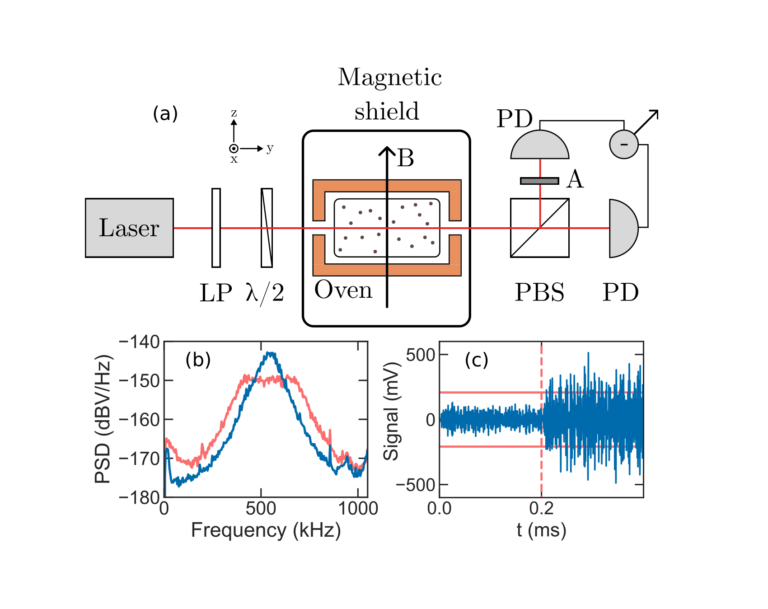
Article in EPJ Quantum Technology
Matija Koterle, Jure Pirman, Tadej Mežnaršič, Katja Gosar, Erik Zupanič and Peter Jeglič from the Department of Condensed Matter Physics F5 and colleagues form the Department of Theoretical Physics F1 and Faculty of Electrical Engineering have published a paper in EPJ Quantum Technology with the tittle Mbit/s-range alkali vapour spin noise quantum random number generators.
Spin noise based quantum random number generators first appeared in 2008 and have since then garnered little further interest, in part because their bit rate is limited by the transverse relaxation time which is typically in the kbit/s range for coated alkali vapour cells. In the paper the researchers present two advances to spin noise based quantum random number generators. The first is an improved bit generation protocol that allows generating bits at high rates with only a minor increase of serial correlations. The second is a significant reduction of the transverse relaxation time itself by removing the coating, increasing the vapour temperature, and introducing a magnetic-field gradient. In this way they managed to increase the bit generation rate to 1.04 Mbit/s. They analysed the quality of the generated random bits using entropy estimation and they discuss the extraction methods to obtain high-entropy bitstreams. We accurately predict the entropy output of the device backed with a stochastic model and numerical simulations.
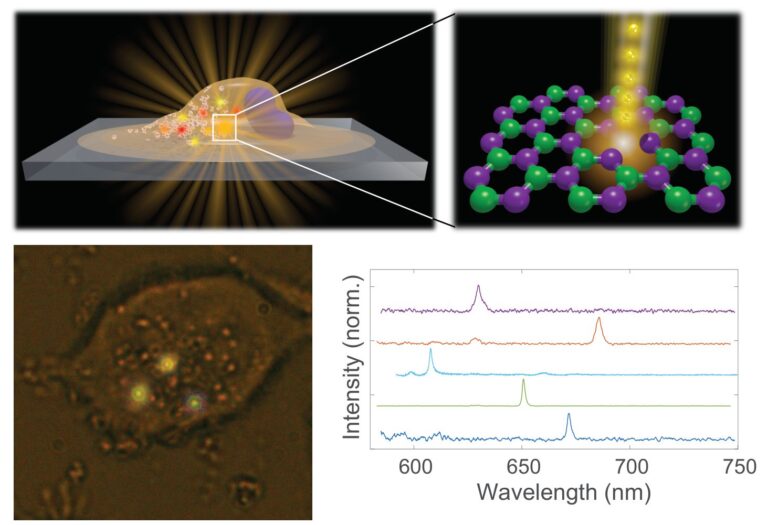
Article in Nanoscale
Researchers Aljaž Kavčič, MSc., Rok Podlipec, PhD, Ana Krišelj, MSc., Andreja Jelen, PhD and Assist. Prof. Matjaž Humar, PhD in collaboration with a colleague from the Faculty of Mechanical Engineering, University of Ljubljana have published a paper titled Intracellular biocompatible hexagonal boron nitride quantum emitters as single-photon sources and barcodes in the journal Nanoscale.
In this work, they demonstrate single-photon emission from hexagonal boron nitride (hBN) color centers embedded inside live cells and their application to cellular barcoding. The emission from live cells was observed as multiple diffraction-limited spots, which exhibited excellent single-photon characteristics with high single-photon purity of 0.1 and superb emission stability without photobleaching or spectral shifts over several hours. Due to different emission wavelengths and peak widths of the color centers, they were employed as barcodes. Each barcode can exist in one out of 470 possible distinguishable states and a combination of a few barcodes per cell can be used to uniquely tag virtually an unlimited number of cells. The barcodes developed here offer some excellent properties, including ease of production by a single-step procedure, biocompatibility and biodegradability, emission stability, no photobleaching, small size and a huge number of unique barcodes, while, due to the single photon emission, presented concepts could in future be extended to quantum-limited sensing and super-resolution imaging.
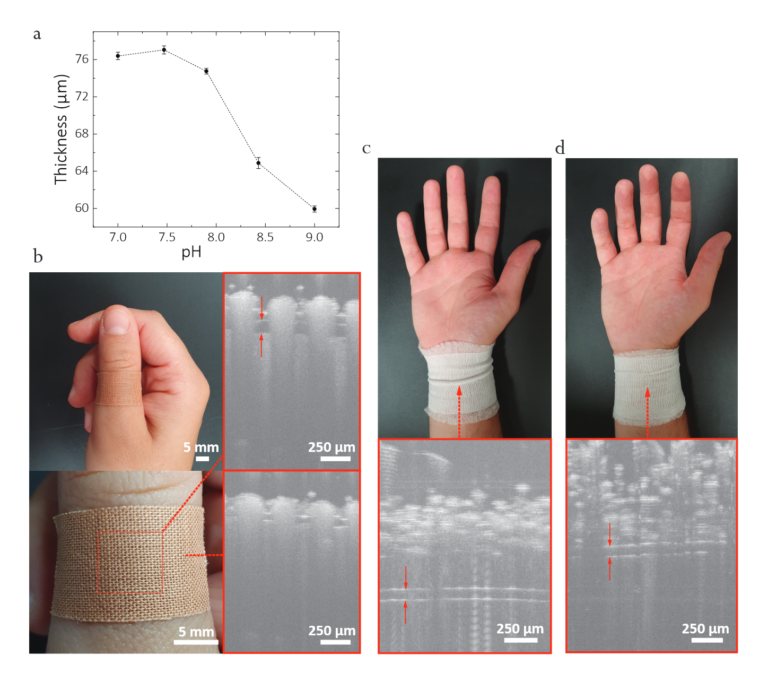
Article in Optics Express
Mimoza Naseska, PhD, and Assist. Prof. Matjaž Humar, PhD, from the Department of Solid State Physics F5, in collaboration with colleagues from CENN Nanocenter, Imperial College London, and the Faculty of Mathematics and Physics, University of Ljubljana, have published an article titled Non-contact Monitoring of Glucose Concentration and pH by Integration of Wearable and Implantable Hydrogel Sensors with Optical Coherence Tomography in the journal Optics Express.
Optical coherence tomography (OCT) is a noninvasive imaging technique with large penetration depth into the tissue, but limited chemical specificity. By incorporating functional co-monomers, hydrogels can be designed to respond to specific molecules and undergo reversible volume changes. In this study, we present implantable and wearable biocompatible hydrogel sensors combined with OCT to monitor their thickness change as a tool for continuous and real-time monitoring of glucose concentration and pH. The results demonstrate the potential of combining hydrogel biosensors with OCT for non-contact continuous in-vivo monitoring of physiological parameters.
Figure: pH-sensitive hydrogel film for wound monitoring. a) The graph shows the deswelling of the film as a response to increasing pH of the solution. b) OCT B-scan of the hydrogel film located below a finger patch (upper right) and of the surrounding area with no hydrogel film (lower right).… Read the rest “Article in Optics Express”
